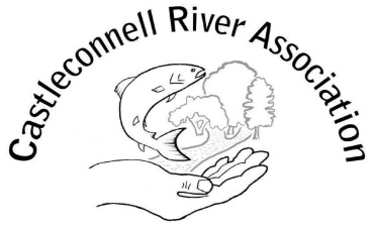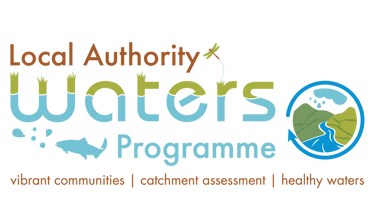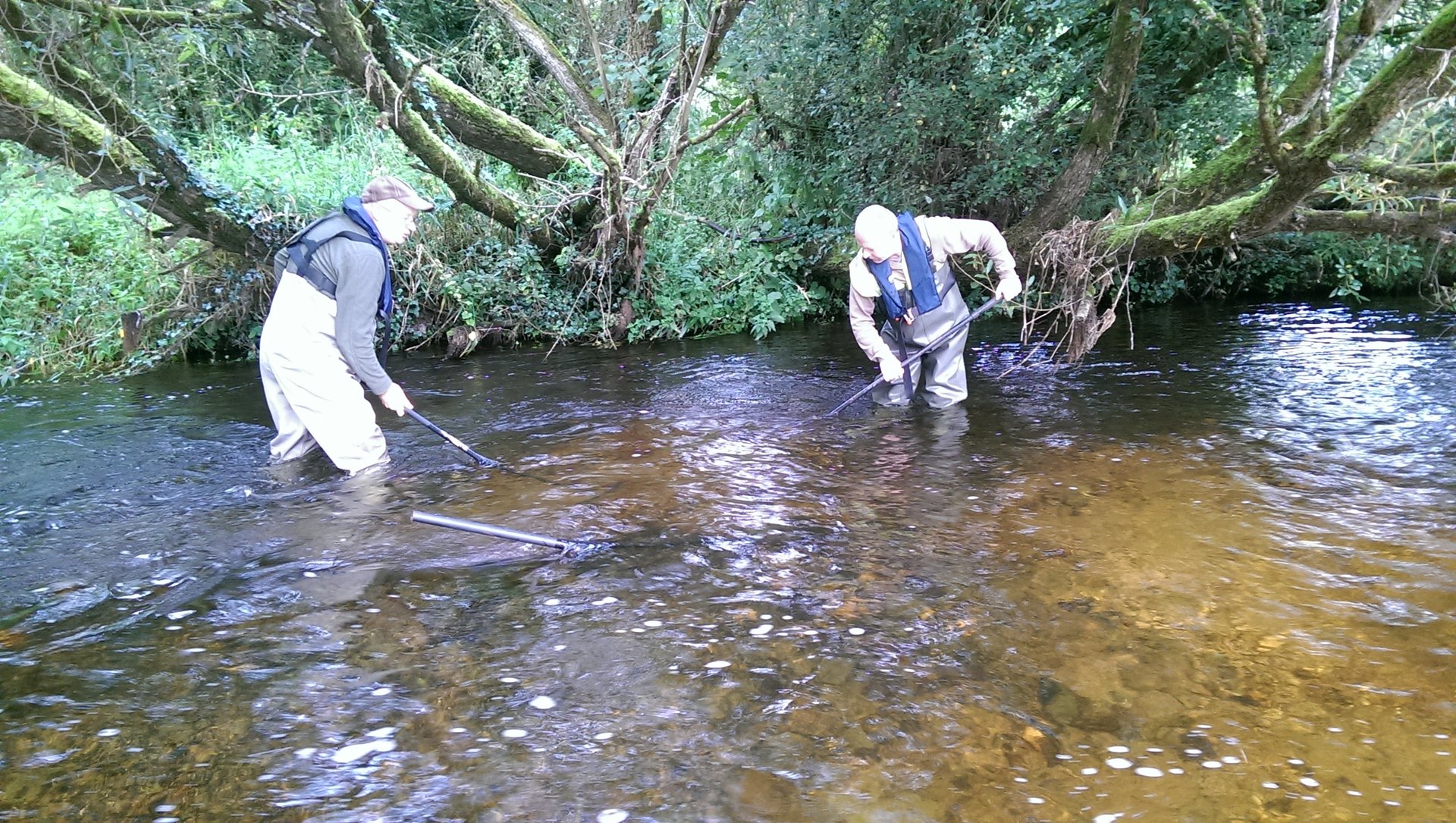
Rehabilitation Work
NEWS: Results of Our Work So Far
The river bank (riparian zone) of the Shannon River in this locality is largely free of Giant Hogweed and Japanese Knotweed. Some redoubts of this invasive plant remain, particularly on private land, but a decade of intensive work has had a great effect. However, there is no room for complacency here: seeds from Giant Hogweed last for 15 years, and one plant can provide many thousands. So every year we have ongoing volunteer weekends in which we are attempting to contain giant hogweed by cutting back every single mature plant at the flowering stage, rather than using weedkiller. Knotweed is now largely absent. It is treated with weedkiller wherever it arises. This has been successful so far but it will also need to continue indefinitely.
Salmon spawning has increased almost tenfold over the last seventeen years, but from a very low level. We count salmon redds every winter as a measure of the health of the salmon population and of the environment as a whole.
The lamprey eel population had increased steadily over the years. Despite a poorer 2024, this year looks much more promising.
Black River Catchment Project
Work was carried out during the summer of 2020, 2021 and 2022 on the Black River Catchment to improve the river quality and the surrounding habitats.
Read more at: https://www.blackrivercatchment.info/rehabilitation-work
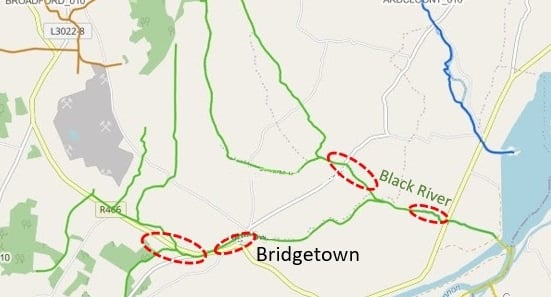


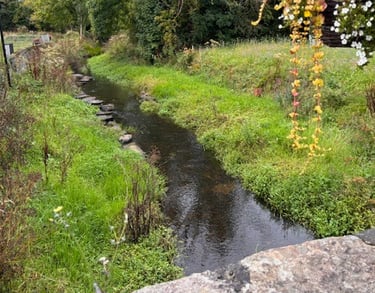
The four locations where work was carried out
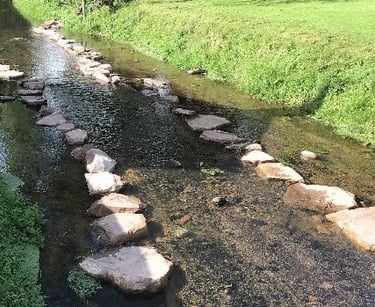

Narrowing the stream: If the stream is made artificially wider than its carrying capacity, the flow slows down and fine sediment is deposited which fills the gravels with silt and causes excessive shallowing. The solution is to narrow the channel so that a reasonable flow is maintained even in low water, and allow silt to accumulate in the margin, forming a new bank.
Immediately After Narrowing of Stream
Two Years Later
Education and Conferences
Each year a class from each of the local schools is brought to a local stream every year to assess the water quality by means of Citizen Science identification of water invertebrates.
This is a great way to engage the local community and give early hands-on experience to the future environmental scientists!
Castleconnell River Association often presents at conferences around Ireland on the work and the results that it has achieved.
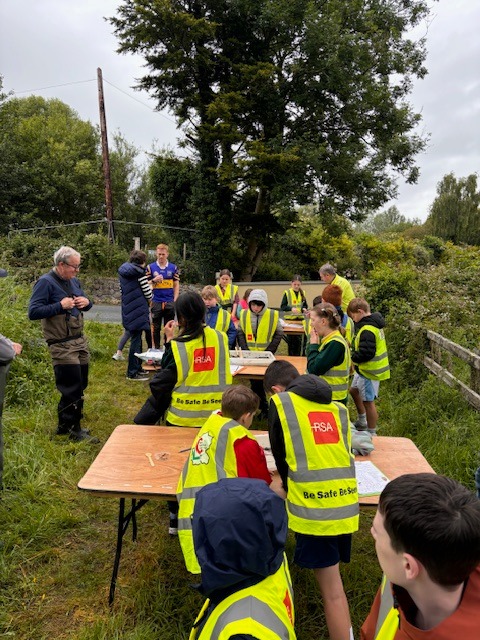

Contact
© 2025. All rights reserved.
Supported and funded by
